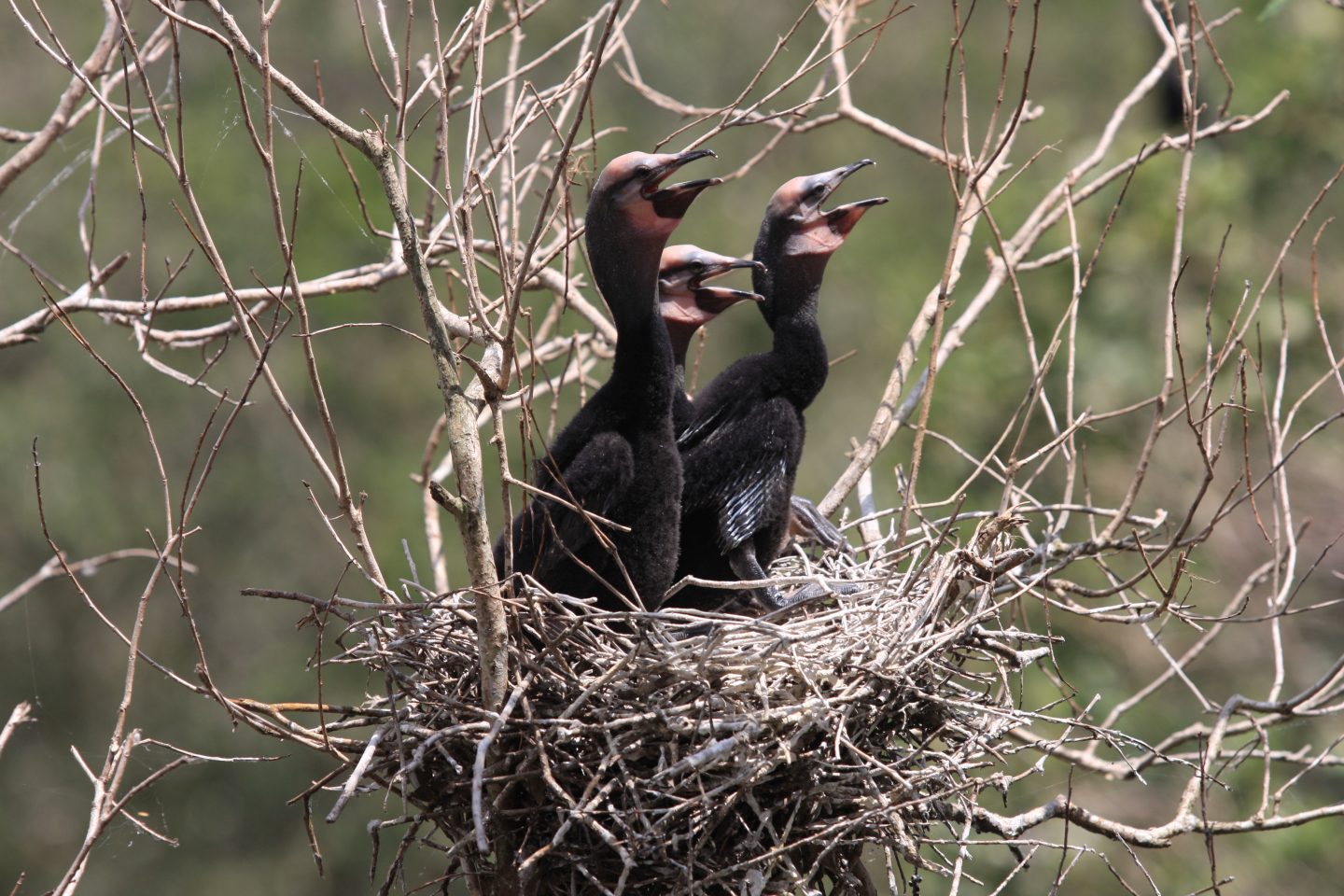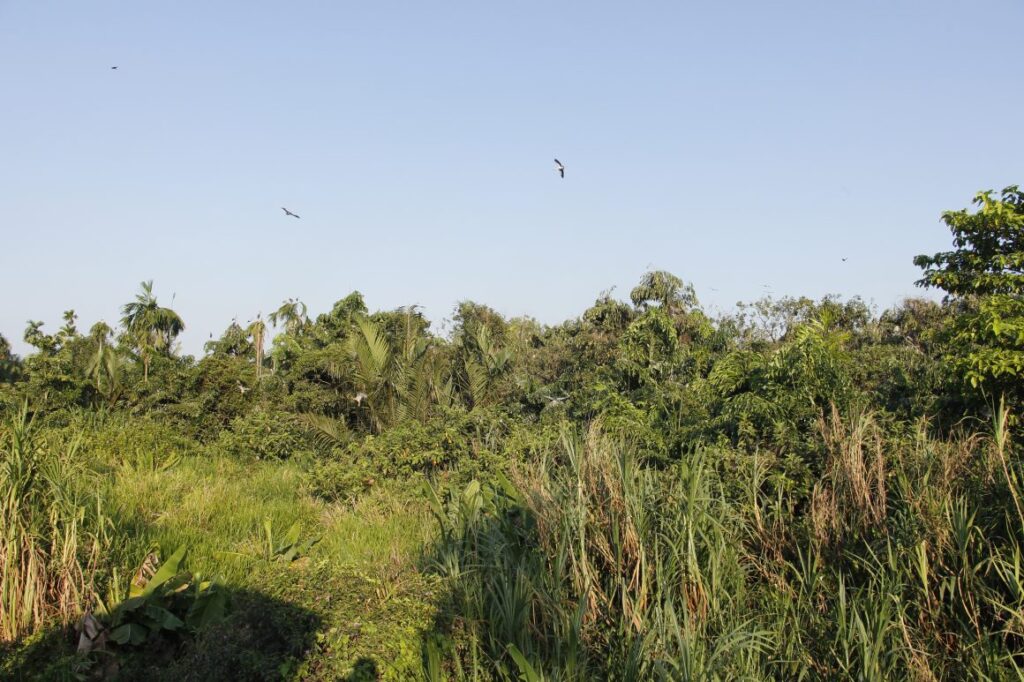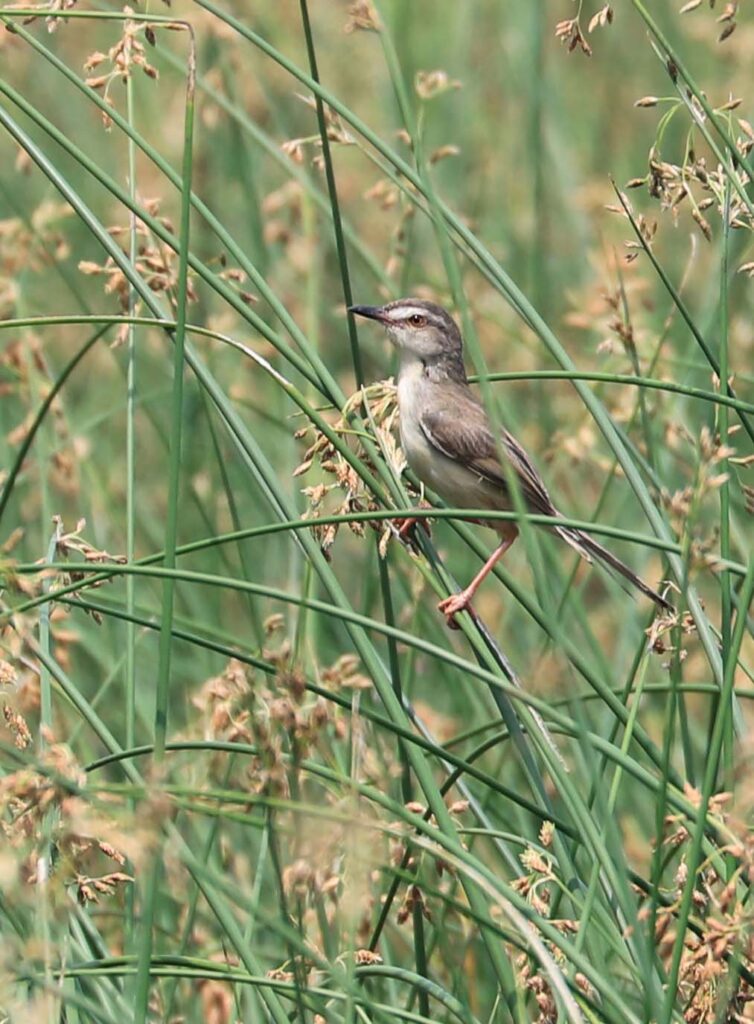Updating water management strategies to restore the landscape of the flooded area of Tràm Chim National Park in the context of climate change and development in the upper reaches.
Tràm Chim National Park (Tràm Chim NP) is one of the crucial biodiversity reserves in Vietnam’s entire system

The water level difference between the flood season and the dry season in Tràm Chim can be up to 4 meters or more. Floodwater also serves as a connection between Tràm Chim and the Mekong River. At the peak of the flood season, a tremendous amount of water from the Mekong River flows into Tràm Chim, bringing abundant nutrients. At the end of the rainy season, water from Tràm Chim flows back into the river, helping to flush out sediment from the forest.

Along with the water movement is the migration of phytoplankton, shrimp, and fish, contributing to the diversity and uniqueness of the ecosystem. The interplay between dry and wet, “sour” and “fresh”, and the connection with the Mekong River are the most fundamental ecological characteristics of Tràm Chim NP. Biodiversity conservation in Tràm Chim relies on the restoration and maintenance of the basic ecological conditions.
Therefore, biodiversity management at Tràm Chim is not limited to enumerating the components and richness of species but also requires in-depth understanding of environmental conditions, especially hydrological regimes, forest fires, and soil and water environmental conditions.
01
In recent years, climate factors such as heat, rainfall, and infrastructure in the upper reaches of the Mekong River have led to sudden and unpredictable changes, and the hydrological regime no longer follows natural laws
02
Managing to meet all biodiversity conservation goals, prevent forest fires, and attract sarus cranes to Tràm Chim National Park requires specific and flexible plans, especially in managing the water regime in the park.
03
This research is conducted to update water management strategies to restore flooded landscapes in Tràm Chim National Park in the context of climate change and upper reaches development.


